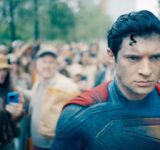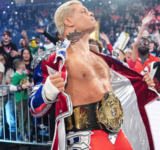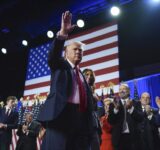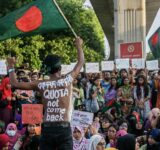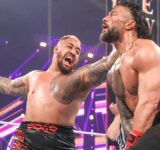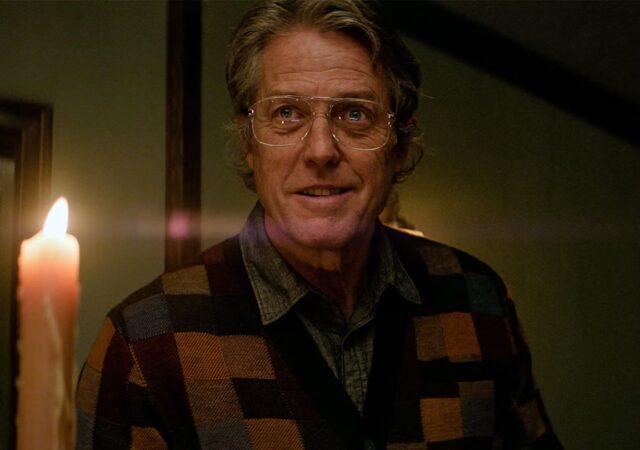As a Bangladeshi-American progressive, reflecting on the recent Trump assassination attempt is both alarming and deeply unsettling. This incident, while shocking, is not an anomaly in American history. It joins a troubling legacy of political violence that has targeted U.S. presidents and presidential candidates, profoundly shaping the nation’s political landscape and exacerbating societal divisions. As we approach another critical election, understanding this history is crucial to grasp the potential implications of such violence on the American psyche and political stability.
Historical Overview of Presidential Assassination Attempts
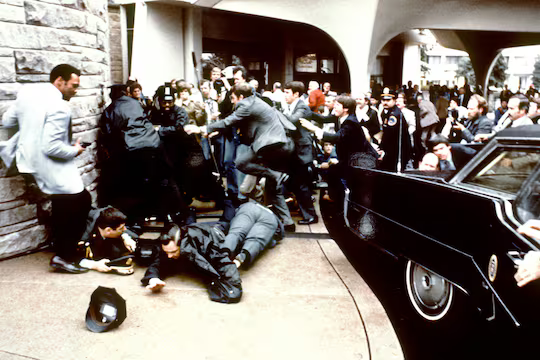
- Abraham Lincoln, the 16th President: Abraham Lincoln’s assassination by John Wilkes Booth in 1865 remains one of the most significant events in American history. Lincoln’s death, occurring shortly after the end of the Civil War, had a profound impact on the nation’s efforts toward reconstruction and reconciliation. Booth, a Southern sympathizer, targeted Lincoln due to his support for the abolition of slavery, illustrating how deeply rooted societal issues can drive individuals to violence.
- James Garfield, the 20th President: James Garfield’s assassination in 1881 by Charles Guiteau underscored the dangers faced by public figures from disgruntled individuals. Guiteau, a disappointed office-seeker, shot Garfield in a display of personal grievance turned lethal. Garfield’s prolonged suffering and eventual death highlighted the era’s medical limitations and the vulnerability of national leaders.
- William McKinley, the 25th President: William McKinley’s assassination in 1901 by Leon Czolgosz [invalid URL https www biography com people leon czolgosz 2879308 ON Biography.com], an anarchist, reflected the turbulent political climate of the early 20th century. Czolgosz’s act of violence was motivated by a broader ideological opposition to government and authority, signaling the dangers posed by radical political movements.
- John F. Kennedy, the 35th President: John F. Kennedy’s assassination in 1963 by Lee Harvey Oswald remains one of the most analyzed and controversial events in American history. Kennedy’s death shocked the nation and led to a period of intense mourning and political upheaval. The subsequent murder of Oswald by Jack Ruby added to the event’s complexity and enduring mystery.
- Ronald Reagan, the 40th President: Ronald Reagan’s shooting in 1981 by John Hinckley Jr. illustrated the dangers posed by individuals with severe mental health issues. Reagan’s recovery and the long-term impact on his press secretary, James Brady, who was left partially paralyzed, brought national attention to issues of gun control and mental health.
- Barack Obama, the 44th President: In 2011, Barack Obama faced an assassination attempt when shots were fired at the White House. This incident, though less publicized, highlighted ongoing threats even in the modern era, where security measures are more advanced but not infallible.
Assassination Attempts Against Presidential Candidates
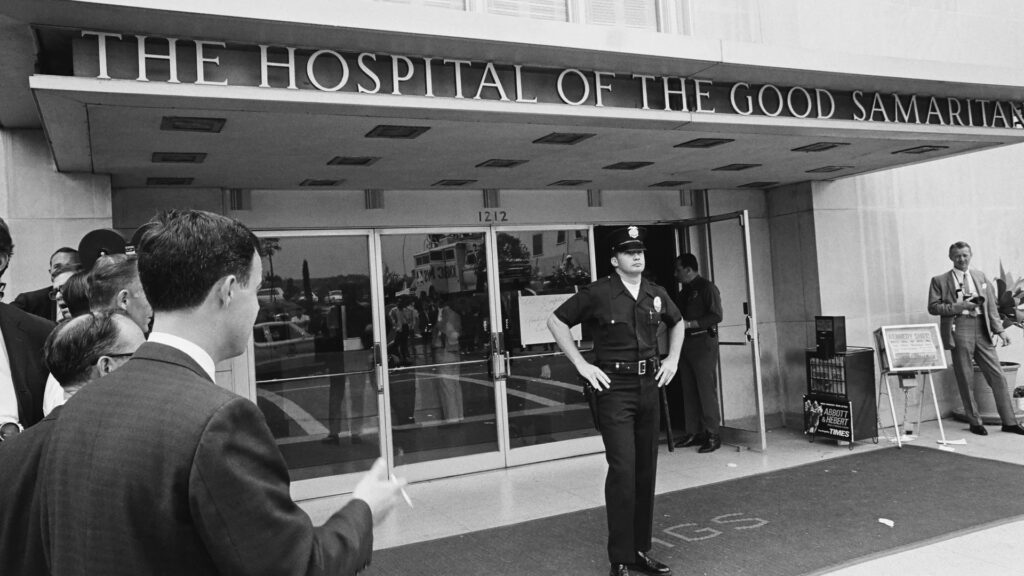
- Theodore Roosevelt, Presidential Candidate: Theodore Roosevelt, although not assassinated, survived a shooting in 1912 during his campaign to regain the presidency. Shot by John Schrank, Roosevelt’s survival and determination to continue his speech demonstrated remarkable resilience but also highlighted the constant threat of violence faced by political figures. Schrank, a mentally unstable individual, believed no one should serve more than two terms as president, revealing how personal beliefs can spiral into violence.
- Franklin D. Roosevelt, President-Elect: In 1933, President-elect Franklin D. Roosevelt narrowly escaped an assassination attempt in Miami. The shooter, Giuseppe Zangara, missed Roosevelt but killed Chicago Mayor Anton Cermak. This incident emphasized the indiscriminate nature of political violence and its potential to claim unintended victims.
- Robert F. Kennedy, Presidential Candidate: Robert F. Kennedy’s assassination in 1968, while he was seeking the Democratic presidential nomination, was a tragic echo of his brother John F. Kennedy’s fate. Sirhan Sirhan, motivated by Kennedy’s pro-Israel stance, killed RFK moments after his victory speech in California. This event had a profound impact on American politics, emphasizing the perils faced by those vying for the highest office.
- George Wallace, Presidential Candidate: In 1972, George Wallace, a segregationist running for president, was shot and left paralyzed by Arthur Bremer. Wallace’s shooting was driven by Bremer’s desire for notoriety rather than political ideology. This incident highlighted the potential for violence driven by personal ambition and the far-reaching consequences of such attacks.
The Trump Assassination Attempt and Its Implications
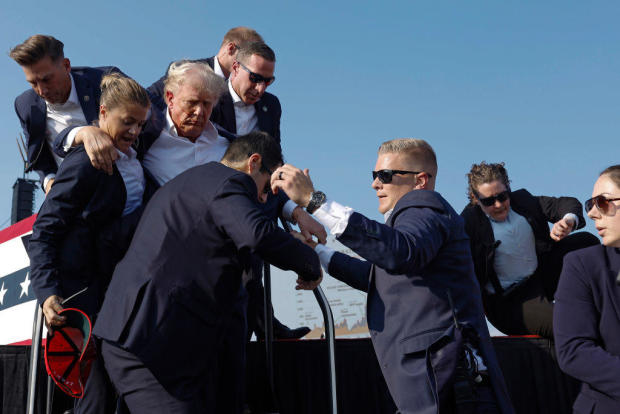
The recent Trump assassination attempt is a stark reminder of the volatile political environment in the United States. As a progressive, it is disheartening to see the escalation of violence in the political arena. This incident could exacerbate existing divisions within the country, fueling partisan animosity and potentially inciting further acts of violence.
Unlike previous instances, where the country often found a way to unite, the attempt on Trump’s life seems poised to deepen the already profound fissures in American society.
Within minutes of the shooting, the air was filled with anger, bitterness, suspicion, and recrimination.
Conspiracy theories flourished, and partisan blame games began, underscoring the intense polarization that defines contemporary American politics.
Trump’s presidency was marked by polarizing rhetoric, which has left the nation deeply divided. The Trump assassination attempt is likely to intensify these divisions, as his supporters may view it as an attack on their beliefs and values, while his detractors might see it as a consequence of his inflammatory style. The potential for this incident to incite retaliatory violence or further political unrest is significant.
The immediate aftermath of the Trump assassination attempt saw a surge in conspiracy theories, blame, and suspicion, with figures on both sides of the political spectrum pointing fingers. Trump’s campaign initially pointed to the left, while some Democrats highlighted his history of inciting violence. This environment of hostility and division can further inflame tensions, making it harder to find common ground and work towards unity.
The Role of Political Rhetoric and Media
Political rhetoric has always been a powerful force, capable of shaping public perception and influencing behavior. In the current climate, however, it has often served to deepen divisions rather than bridge gaps.
Trump’s own rhetoric, characterized by a combative and often inflammatory style, has contributed to a political environment where violence seems an ever-present threat.
His calls to “fight” even after being wounded, while intended to rally his base, can easily be seen as further stoking the flames of division.
Media coverage plays a crucial role in this dynamic. The constant cycle of sensational news and the amplification of partisan viewpoints create an atmosphere where misinformation and conspiracy theories can thrive. The portrayal of political violence, and the narratives constructed around it, can either contribute to a deeper understanding of the issues or further polarize the public.
Historical Parallels and Contemporary Challenges
The current political climate bears unsettling similarities to some of the most turbulent periods in American history. The 1960s, marked by the assassinations of key figures like Martin Luther King Jr. and Robert F. Kennedy, saw significant societal upheaval. Today, the divisions may be even more entrenched, with a broader array of media platforms enabling the rapid spread of divisive rhetoric.
Unlike past incidents where political violence often led to a temporary sense of unity and introspection, the current environment seems more resistant to such outcomes.
The immediate and highly partisan reactions to the Trump assassination attempt highlight how deeply entrenched the divisions are.
This polarization is not just a political issue but a societal one, reflecting broader cultural and ideological divides.
Moving Forward: Unity and Vigilance
In the wake of the Trump assassination attempt, it is crucial for Americans to heed President Joe Biden’s call for unity. However, achieving true unity requires more than just rhetoric. It demands a concerted effort to address the root causes of political violence, including inflammatory rhetoric, societal inequality, and inadequate mental health support.
As a Bangladeshi-American, I believe in the promise of America as a land of opportunity and democratic ideals. However, the persistent threat of political violence undermines these principles. It is imperative for all citizens, regardless of political affiliation, to work together to create a more peaceful and just society.
Past attempts on presidents’ lives show a common theme: violence driven by extremism, grievances, or mental instability.
Each incident has left an indelible mark on American history, shaping the nation’s political landscape and societal attitudes. The recent Trump assassination attempt is a reminder that the struggle for a peaceful and inclusive society is ongoing and requires collective effort.
The history of presidential assassination attempts in the United States shows how crucial it is to safeguard our political institutions and democracy. The Trump assassination attempt, while alarming, should serve as a catalyst for deeper reflection and action to address the divisions and underlying issues that fuel such violence. By learning from the past and working together, we can strive to build a more united and resilient nation.
I am text block. Click edit button to change this text. Lorem ipsum dolor sit amet, consectetur adipiscing elit. Ut elit tellus, luctus nec ullamcorper mattis, pulvinar dapibus leo.




